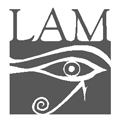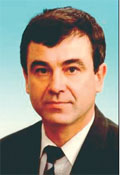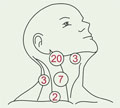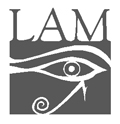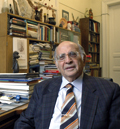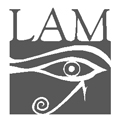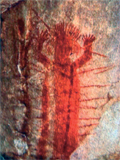The eLitMed.hu medical portal uses computer cookies for convenient operation. Detailed information can be found in the Cookie-policy.
Lege Artis Medicinae - 2008;18(04)
Content
[STEM CELL THERAPY AFTER ACUTE MYOCARDIAL INFARCTION]
[Left ventricular remodelling and chronic heart failure as a consequence of myocardial infarction is a major problem despite of the everimproving therapeutic options. The available treatment methods have fairly limited success in preventing the development of these changes. Myocardial regeneration with stem cell treatment is a promising therapeutic alternative. Although the results should still be confirmed in large, randomised, multicentric controlled trials, data from animal studies and small clinical trials suggest that therapy with stem cells after acute myocardial infarction is safe and feasible, is able to reduce the extent of necrosis, and may improve myocardial perfusion and left ventricular function. This review presents the types of cells that can be used, the ways of application, and the available results of clinical trials of stem cell therapy after acute myocardial infarction.]
[RECENT ADVANCEMENTS IN THE DIAGNOSIS AND TREATMENT OF AGE-RELATED MACULAR DEGENERATION]
[Age-related macular degeneration is the leading cause of blindness in developed countries. In the last few years, new therapeutic approaches such as photodynamic therapy and intravitreal injections of vascular endothelial growth factor antagonists were introduced that do not only prevent disease progression but also give the hope of vision improvement. Of the new diagnostic methods, the use of optical coherence tomography improves diagnosis and also permits the qualitative measurement of therapeutic effects. Given the current high price of the new drugs and the need for frequent re-treatments, a significant increase in the economic burden of the disease is foreseeable.]
[PRIMARY TUMOURS OF UNKNOWN ORIGIN WITH CERVICAL LYMPH NODE METASTASES - A RETROSPECTIVE STUDY]
[ITRODUCTION - Primary tumours are defined unknown if, despite of the presence of histologically verified metastases, the site of origin cannot be revealed even with complex investigations. On average, 5% of patients with cervical lymph node metastases belong to this group. The incidence of cervical lymph node tumours increases with age, with more than 60% arising from malignancies in patients over 40. PATIENT AND METHODS - In this retrospective study, the authors review the history of 29 patients treated or examined in their department between January 2002 and November 2006 with the starting diagnosis of cervical lymph node metastasis from a primary tumour of unknown origin. All patients had a thorough physical examination, indirect upper respiratory tract endoscopy, and aspiration cytology. In the search for the primary tumour the use of both traditional X-ray studies and modern imaging techniques are justified. RESULTS - Of the 29 patients, five did not present after surgery, and one patient died. The location of the primary tumour could be determined in 12 of the remaining 23 patients during the follow-up period. These included the palatine tonsil in four cases, the lung in three patients, the lower pharynx in two patients, and one case each of the lingual radix, the larynx and the nasal pharynx. The histology of the metastases was mostly squamous cell carcinoma and they were located in the upper parajugular region. The investigation of the remaining patients is continued. CONCLUSION - In cases of cervical lymph node metastases that histologically turn out to be squamous cell carcinoma, the primary tumour should first be searched for in the head-and-neck region, followed by the lungs. On the other hand, high-grade nasopharyngeal carcinomas warrant the search in the Waldeyer ring. The authors emphasize the importance to keep the proper order of the diagnostic and therapeutic steps and to manage these patients in experienced institutions.]
1.
Clinical Neuroscience
Is there any difference in mortality rates of atrial fibrillation detected before or after ischemic stroke?2.
Clinical Neuroscience
Factors influencing the level of stigma in Parkinson’s disease in western Turkey3.
Clinical Neuroscience
Neuropathic pain and mood disorders in earthquake survivors with peripheral nerve injuries4.
Journal of Nursing Theory and Practice
[Correlations of Sarcopenia, Frailty, Falls and Social Isolation – A Literature Review in the Light of Swedish Statistics]5.
Clinical Neuroscience
[Comparison of pain intensity measurements among patients with low-back pain]1.
Clinical Neuroscience Proceedings
[A Magyar Stroke Társaság XVIII. Kongresszusa és a Magyar Neuroszonológiai Társaság XV. Konferenciája. Absztraktfüzet]2.
3.
Journal of Nursing Theory and Practice
[A selection of the entries submitted to the literary contest "Honorable mission: the joys and challenges of our profession" ]4.
Journal of Nursing Theory and Practice
[End of Life and Palliative Care of Newborns in the Nursing Context]5.
Journal of Nursing Theory and Practice
[Aspects of Occupational Health Nursing for Incurable Patients ]



